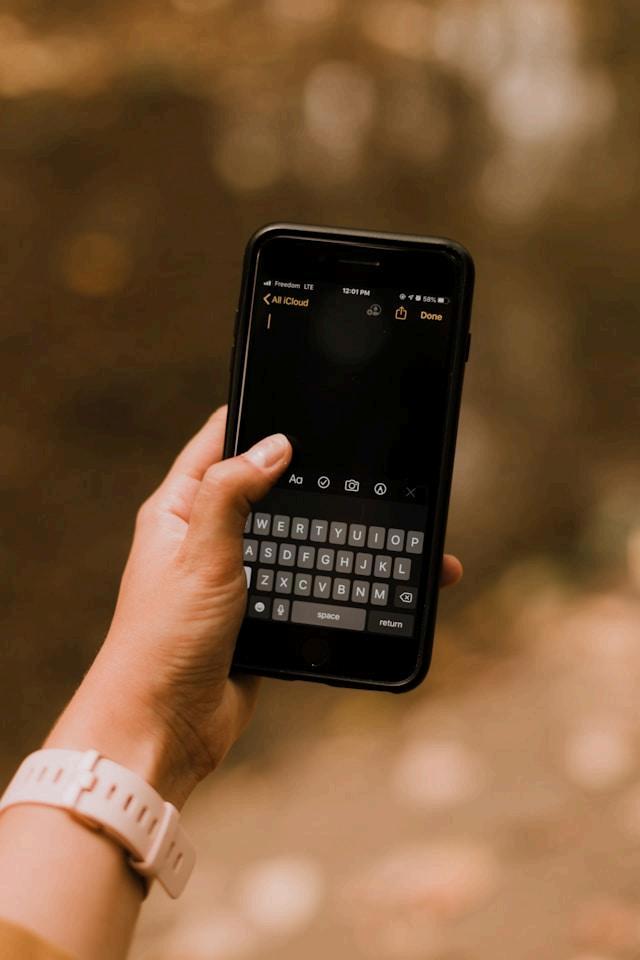How can visual storytelling be effectively used in mobile tours
Visual storytelling is a powerful tool that can significantly enhance mobile tours by creating immersive and engaging experiences for participants By effectively incorporating visuals into the narrative, brands can convey their messages more memorably and emotionally Here are several innovative ways to utilize visual storytelling in mobile tours:

1. Dynamic Visual Displays
Incorporate high-quality visuals such as videos, images, and animations throughout the mobile tour to capture attention and convey key messages
● Video Presentations: Use short, impactful videos at various stops to illustrate the brand's story or showcase customer testimonials These can highlight the benefits of the product or service in an engaging manner
● Interactive Screens: Install touch screens that allow participants to explore different aspects of the brand’s story through interactive content, such as infographics or animated timelines.
2. Augmented Reality (AR) Experiences
Leverage AR technology to create interactive storytelling experiences that engage participants on a deeper level
● Location-Based AR: As participants move through different locations, they can use their mobile devices to unlock AR content related to the site For instance, pointing their device at a landmark could reveal historical facts or brand-related stories tied to that location
● Character Interactions: Create AR characters that guide participants through the tour, sharing stories and insights about the brand in a fun and engaging way.
3. Thematic Visual Storytelling
Design each stop on the tour around a specific theme that aligns with different chapters of the brand’s narrative
● Sequential Storytelling: Structure the tour so that each location reveals a new part of the story, building anticipation and engagement as participants move from one stop to another
● Visual Consistency: Ensure that all visuals whether they are banners, digital displays, or promotional materials maintain a cohesive visual style that reflects the brand's identity and enhances storytelling.
4. User-Generated Content (UGC)
Encourage participants to contribute their own visual stories during the tour, which can enhance engagement and authenticity
● Photo Opportunities: Set up designated areas with visually appealing backdrops where participants can take photos and share them on social media using a specific hashtag. This not only promotes interaction but also generates organic content for the brand
● Story Sharing Stations: Create stations where participants can record short videos sharing their experiences or thoughts about the brand This UGC can be used in future marketing efforts to showcase real customer stories.
5. Gamification Elements
Incorporate gamification into visual storytelling to make the experience more interactive and enjoyable
● Story-Based Quests: Design quests where participants complete tasks related to the brand’s story at various stops. For example, they might need to find specific items or answer questions that tie back to visual elements presented earlier in the tour
● Rewards for Participation: Offer incentives for completing tasks or sharing their experiences on social media, encouraging deeper engagement with both the story and the brand.
6. Multimedia Storytelling
Utilize a combination of different media formats to create a rich storytelling experience
● Infographics and Illustrations: Use infographics to present complex information in an easily digestible format, enhancing understanding while maintaining visual interest.
● Live Demonstrations: Incorporate live demonstrations of products or services that tie back into the story being told This not only provides context but also allows participants to see the product in action
7. Personalized Visual Experiences
Tailor visual content based on participant preferences or behaviors for a more personalized experience.
● Contextual Visuals: Use data from mobile devices (with consent) to deliver personalized content based on location or previous interactions with the brand, making each participant's experience unique.
● Customized Story Paths: Allow participants to choose their own narrative paths based on interests, leading them through different visual experiences that resonate with them personally
Conclusion
Incorporating visual storytelling into mobile tours is an effective way to engage audiences and create memorable experiences that resonate emotionally By utilizing dynamic displays, augmented reality, thematic storytelling, user-generated content, gamification, multimedia formats, and personalized experiences, brands can enhance their narratives and foster deeper connections with participants As consumers increasingly seek authentic interactions with brands, leveraging visual storytelling will be essential for creating impactful mobile tours that stand out in today’s competitive landscape
Key Takeaways
● High-quality visuals enhance engagement and retention
● Augmented reality creates interactive experiences
● Thematic storytelling builds anticipation and connection.
● User-generated content fosters authenticity.
● Gamification makes storytelling enjoyable and interactive
● Multimedia formats enrich narratives
● Personalized experiences enhance relevance and impact By implementing these strategies, brands can effectively use visual storytelling in their mobile tours, ensuring a captivating experience for all participants
